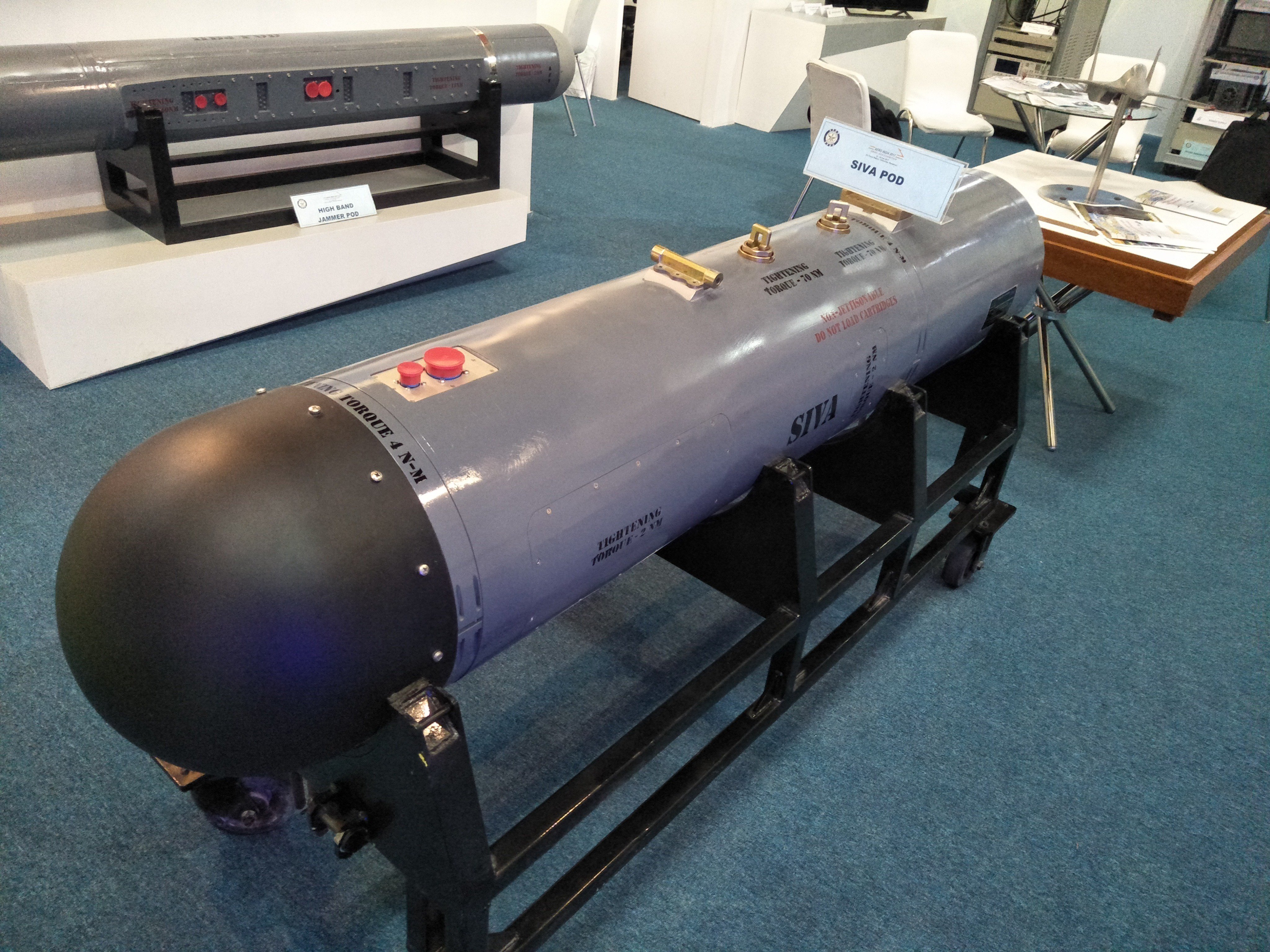via Bmpd
The Defence Research & Development Laboratory [DRDL], from DRDO's Missile Complex, recently put out a Request For Proposal [RFP] seeking Private Sector participation in it's Project 650. The chosen 'Development Cum Production Partner' [DCPP] would receive necessary hand holding from DRDL in assembling, testing & QC of the missile & it's components.
Subsequently, it would be tasked to supply the Missiles required during developmental & user-trials, which the DCPP would have to assemble in it's own facility. It would be responsible for nurturing the Vendor Supply Chain that DRDO has cultivated. Once past the development phase, & approved for induction, this company would become the nodal Production organisation. This RFP only solicits responses from Indian entities. Selected partner would have 18 months to come true on the deliverables.
DRDL doesn't mention the name of the Missile it is developing under Project 650. However, it informs that this refers to the "development of country's first indigenous Air Launched Air-to-Surface Anti-Radiation Missile System for Indian Air Force". It would be safe to assume that the New Generation Anti-Radiation Missiles [NGARM], also referred as RUDRAM [RUDRAM 1?], is it's pursued goal.
An Anti Radiation Missile [ARM] is capable of targeting entities that radiate Electromagnetic Waves. An adversary's Radar installation, for example, is one such target. Disabling it would degrade the enemy's ability to detect entities in contested Airspace, thus giving own aircraft the necessary opening to achieve other mission objectives. The Indian Air Force [IAF] presently has in it's arsenal the Russian Kh-31P ARM, for use from it's Su-30 MKI.
The NGARM is a 200 kilometres range, dual-seeker missile, powered with a Dual Pulse Motor Solid fuel Propulsion system. The Passive Homing Head [PHH] seeker, coupled with the Inertial Navigation System with GPS [INGPS] guides it through the major part of the journey, reducing detectability, while at the terminal phase, the active Milli-Metric Wave [MMW] Seeker ensures pinpoint target acquisition, even if the target goes silent. It is equipped with a two-way datalink. This indicates ability to reassign targets mid-course. The missile has been flight-tested from a modified Sukhoi Su-30MKI aircraft. Going forward, it lets us in on the fact that, "The missile can be integrated to multiple stations of various fighter aircraft". It's use of the Catapult-launcher is similar to the one used for the R-27 Air to Air missile.
Some of the standout features that makes the NGARM superior to the Kh-31P includes it's enhanced range [double], dual guidance seeker, data link & propellant state [solid]. Versatility to launch it off different aircraft types, unlike the Russian missile, would give operation planners the flexibility unavailable so far. It's catapult-launch system would also ensures that future Indian 5th generation fighter aircraft can carry it within it's internal weapon bay.
via @Livefist
Interestingly, the Project, DRDL has described as a 'Technology Demonstration'. Used in conjunction with the DARE-developed SIVA pod [above], that can sniff out the emissions [Fine Direction Finding], the aircraft-launched NGARM would be the most effective option for the IAF to obliterate it into oblivion. This tag team of detector-eliminator promises to lend India with unparalleled offensive ability in the event of conflict.
Godspeed






